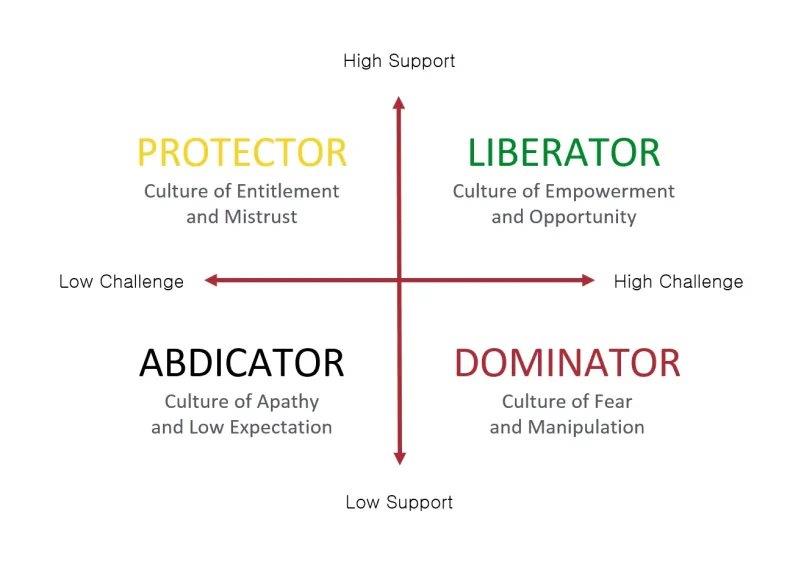
To Infinity And Beyond
Toy Story is in the top 20 most successful movie franchises in history. Since the original film got released in 1995, the box office takings are 3.3 billion US dollars. This Disney Pixar classic may be over 25 years old, but the underlying messaging and core values are equally applicable today.
Here is why.
While most focus on the unlikely friendship between two rivals, Buzz and Woody, the real message from Toy Story is one of cooperation. A team pulls together to triumph against the odds while challenging their limitations, supporting each other to overcome problems, and following their purpose. Brilliant leaders, high-performing teams, and successful organisations all exhibit these behaviours.
Cultivating an environment where everyone flourishes and delivers fantastic results is no easy feat. If it were easy, everyone would be doing it. The secret lies in encouraging people to be comfortable being uncomfortable and supporting them through challenging experiences. They feel empowered to act, taking accountability for decisions without fear of reprisal.
Challenges come in various guises and will compel someone to face reality and meet changing expectations. Accountability may increase, limitations questioned, and re-alignment of goals is required.
Support is the intervention that reduces uncertainty or affirms the value of the individual. These actions build trust, respect, and rapport while being empathetic and encouraging.
Business leaders are responsible for continuously developing their people through building skills, knowledge, and experiences. Personal and professional growth enhances an individual while improving business performance.
Striking the right balance between the levels of challenge and support is crucial.

Successful business leaders spend a lot, if not all, of their time in the top-right box. Allowing them to liberate their team to grasp every opportunity, take calculated risks, and strive towards common goals.
Abdicators – Low Challenge, Low Support
Environments under this leadership become disengaging, where teams feel disconnected from self-purpose and the business strategy. There is disinterest in developing, either personally or professionally, and morale may dip within the individuals.
Protectors – Low Challenge, High Support
Teams are often in their comfort zone, stagnating in an environment that feels safe and relaxed, with boredom ensuing as tasks are completed most efficiently, rather than challenging individuals to become more effective, transformative, and productive. A leader should look inward to break the paradigm and feel comfortable with challenging conversations.
Dominators – High Challenge, Low Support
Another ineffective quadrant, with individuals seeming withdrawn from situations. The constant challenge with a lack of support results in an increase in stress and anxiety. Leaders cannot expect teams to perform at their highest levels without the correct information or resources.
Liberators – High Challenge, High Support
This environment is where maximum growth occurs, and leaders are engaged in people development. The continuum of learning and innovation promotes personal and professional development as a means to grow. While at the same time the leaders are empathetic to the needs of the team, which builds trust throughout the organisation.
Which quadrant are you in currently?
How can you get more support or challenge?
And which quadrant do you tend to use the most as a leader?
How are you going to liberate your team?
And take them to infinity and beyond.
Have a brilliant week!
David Rogers, Founder & CEO, Fuelled Fit and Fired Up Ltd



